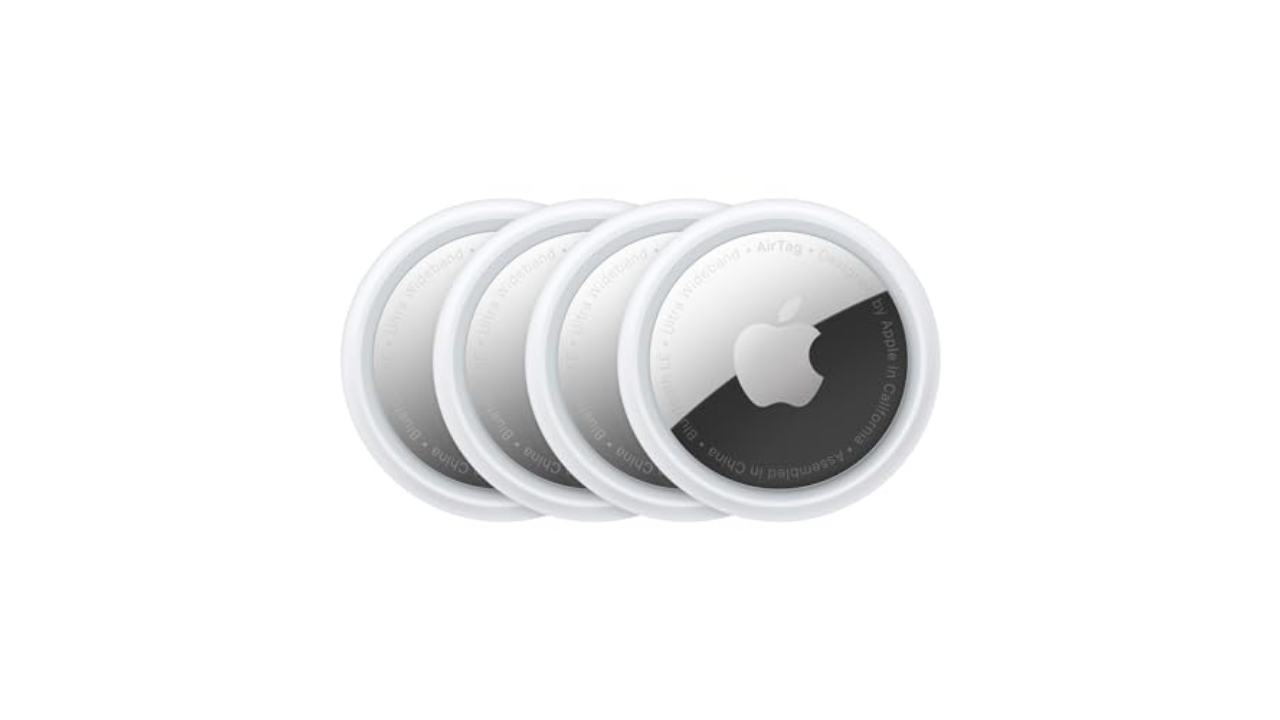
Largely the same Rangers defense corps is primed for another season together with five of six members set to return, as has repeatedly been the case in recent years.
The top five defensemen may be the same for a fourth season that has yet to result in a Stanley Cup. For a young and talented blueline like the one the Blueshirts have, however, the hope is that all the reps and development time together will allow the group to naturally take steps forward.
Still, the beginning of this offseason teased possible changes, because the Rangers’ clear deficiencies on the way to their second conference final loss in three years warranted it.
It never quite lived up to the hype.
Talks of retooling the blue line by trading Jacob Trouba, the Rangers captain and most senior defenseman, ran rampant but never materialized.
Then the one major move was made to the forward group, after Barclay Goodrow was waived and claimed by the Sharks in a prearranged deal with San Jose.
Though next offseason’s laundry list of free agents also promises big changes, to both the defense corps and forward group, the Rangers will first try to make the most out of this one.
Despite the similarities to the past few seasons, there are decisions — regarding both personnel and alignment — to be made on defense.
Decisions that will be made based on a myriad of factors, and directly influence the look and playing style of the Rangers’ backend.
Who steps into the sixth defenseman role now that Erik Gustafsson has departed as a free agent? Will K’Andre Miller play with Trouba or Braden Schneider? Who will quarterback the second power-play unit? How does the depth chart shake out in case of injury?
The first question has been asked for many summers now with just a new name in place of Gustafsson’s each year.
Though there’s still time left in the offseason, this may be the first summer president/GM Chris Drury didn’t bring in a new defenseman to step directly in front of Zac Jones on the depth chart.
That puts Jones on perhaps his clearest path to the sixth defenseman role that he’s ever had since getting drafted by the Blueshirts 68th overall in 2019.
Drury did opt to retain Chad Ruhwedel, who the Rangers acquired from the Penguins at the trade deadline. Though the 34-year-old is viewed as more of a seventh or eighth defenseman rather than their sixth.
Ruhwedel skated in just five regular-season games, and zero postseason contests, during his first three months in New York.
Training camp will see Jones and Ruhwedel headline the 6D battle — with Ben Harpur, Connor Mackey and Brandon Scanlin very loosely in the mix.
Harpur is coming off a lost 2023-24 season, in which the 6-foot-6 defenseman underwent season-ending pectoral surgery, while both Mackey and Scanlin each played in one game with the Rangers when injuries mounted.
For second-year Rangers head coach Peter Laviolette, deciding the alignment will be a lot less straightforward than choosing the sixth defenseman.
There will be ample statistics to consider, but Laviolette will also have to look at history, managing roles and how outside noise has affected the team.
The positive is that Laviolette has seen a lot of the different pairings because of all the defensive injuries last season.
Depending how training camp unfolds, there’s a real possibility Trouba starts the season on the bottom pair, where the 30-year-old found himself toward the end of the regular season and most of the postseason.
This was part of the argument to trade Trouba, whose final two seasons of his contract at $8 million per is simply unobtainable for a third-pair player.
The numbers say Trouba and Miller improved as a pairing this past regular season in comparison to the previous.
Going from 3.01 goals-against per 60 in 2022-23 to 2.56 in 2023-24 — albeit in less ice time, according to Natural Stat Trick — the duo continued to take on tough assignments.
They also finished with a 2.19 goals-for per 60.
When Trouba missed 11 games in March because of a partially broken ankle, however, Miller teamed up with Schneider, and the youngsters made it difficult to separate them again.
Though Laviolette didn’t hesitate to put Trouba back with Miller when he returned, it didn’t last long, as the former struggled mightily to get back into the groove of things — something he attributed to the nature of the injury.
That led to a significant trial run for the Miller-Schneider duo.
The two posted a 3.27 GF/60 and a 3.05 GA/60 in the regular season before they logged the second-most ice time among Rangers D pairs behind Ryan Lindgren and Adam Fox in the playoffs at 170:33.
It’ll be telling which pairings Laviolette starts the season with.
The Rangers may look largely the same, but they’ll aspire for different results.
Credit: Source link













